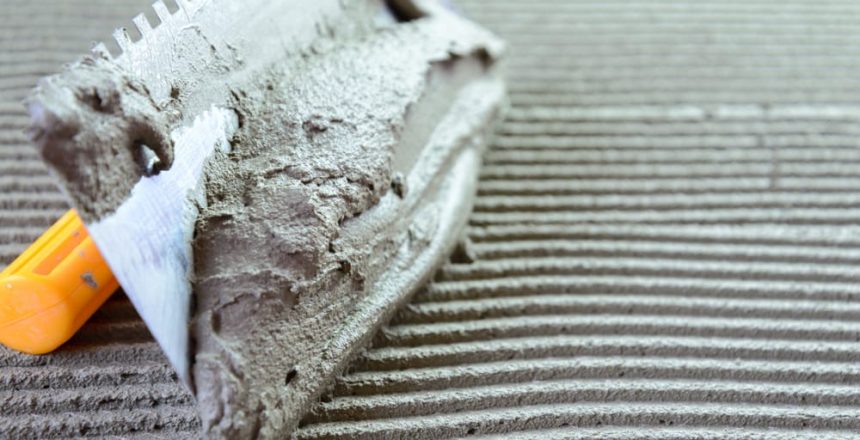When a project requires a repair, you need to know which materials are right for the job. When you look at cement, concrete and mortar, they can all share some of the basic ingredients, but their uses and purposes differ. Knowing these differences when it comes to cement, concrete and mortar repair will ensure that the job is done right, and the repair will last.
Outside of the construction industry, people will often use the terms cement, concrete and mortar interchangeably. While all three are used in masonry as either a building material or as a binding agent, their purposes are tailored to suit specific needs for a project. Although they share common ingredients, using one in place of the other can be quite unwise.
The first material, cement, is used as a binder. Cement’s purpose is to hold other materials together, but it cannot simply be used on its own. The core ingredients of cement include limestone, calcium, silicon, iron, and aluminum. But it is what else is added to the mixture that can determine whether it becomes concrete or mortar. Mixing cement with sand and water will cause mortar, but mixing in an aggregate stone will give you concrete.
Alone, cement is known as a hydraulic substance, meaning the chemicals in its mixture will harden after water has been added. It is almost never used on its own, but can be added to other materials like stucco, grout, or other adhesives and coatings. Cement is still considered extremely important in construction, because without it materials would not be able to bind.
Concrete comprises roughly 10-15 percent cement, with an aggregate making up anywhere between 60-80 percent. The aggregate added and the proportions of the mix will help determine the strength and workability of the concrete. The versatility of concrete allows it to be used in many fashions, such as in the construction of walls, concrete slabs, patios, and other masonry structures. Its flexibility allows it to take nearly any shape or mold.
The strength and durability of concrete make it a chosen material for buildings and homes, bridges, roads, dams, and sidewalks. To add even more strength and durability, concrete can even be reinforced by using fiber, wire mesh and rebar.
As for mortar, this building material comprises cement and sand aggregate. The sand additive makes the cement stronger and more crack resistant, as well as making it easier to form. However, mortar is considered a weaker form of concrete, but that doesn’t discredit the material completely. Instead, its properties make it ideal for sticking to stone to a wall, or for stacking bricks.
Choosing between concrete and mortar will depend on its application. The problem there is that they are designed and intended for different things. For instance, when building a home, choose concrete as the footing materials because of its compressive strength. Installing fence posts requires the posts being set into the material, making concrete the choice there.
Constructing a brick wall calls on the use of mortar to help create smooth joints, as opposed to having stiffer and thicker joints with concrete. Filling and smoothing other joints, such as those required in a brick or stone veneer, also require mortar.
Whether your building needs concrete or mortar repairs, DC Byers guarantees to use the right materials for the job. The professionals at D.C. Byers Company/Grand Rapids have restored thousands of masonry and concrete structures including churches, schools, government facilities, parking decks, and much more.
To get a quote on any of your concrete repair needs, call DC Byers Company/Grand Rapids today at (616) 538-7300. Our experience and expertise allow us to assess the damage correctly and plan how to perform the repairs to allow you to use your space properly.
For concrete restoration and repair, DC Byers Company/Grand Rapids looks at all the factors contributing to the deterioration of the concrete. By understanding the underlying problems, we can start working on the most satisfying and cost-effective solutions.
